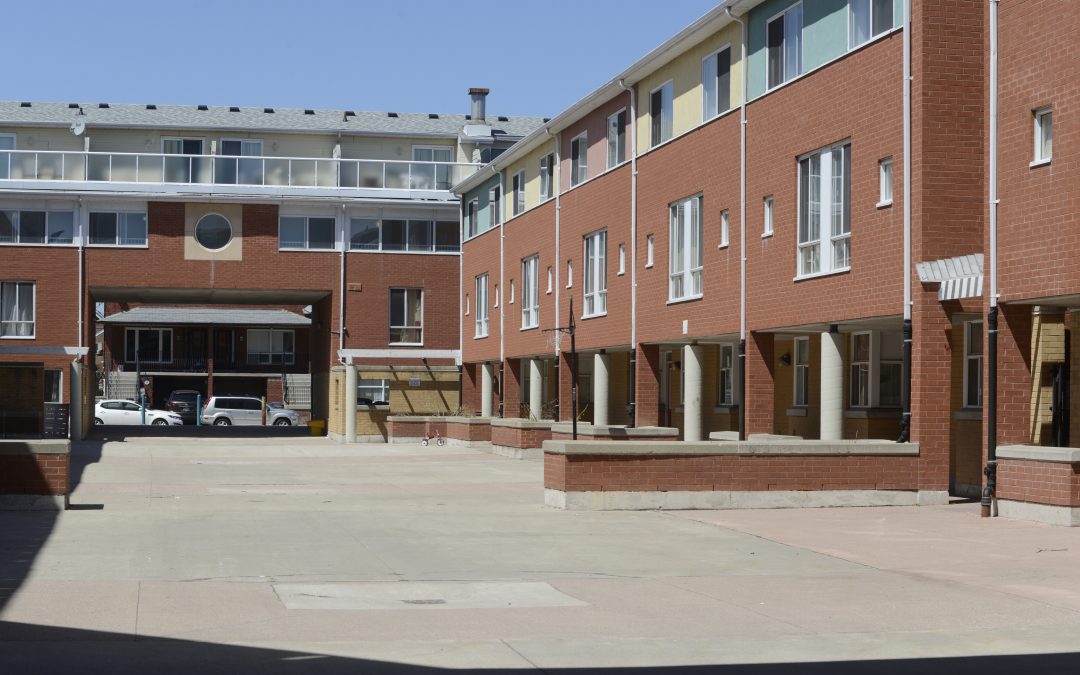
Ten things to know about the federal NDP’s housing platform
Ten things to know about the federal NDP’s housing platform
La version française de ce billet se trouve ici.
With a federal election taking place in Canada on September 20, the New Democratic Party (NDP) of Canada has released its platform, which includes important housing-related measures.
Here are 10 things to know.
1. The NDP pledges to create at least 500,000 units of affordable housing in the next 10 years. This compares with the roughly 1.6 million Canadian households currently in core housing need (meaning households currently having difficulty affording suitable, appropriate housing). The platform does not specify what “affordable” would mean in this context.
2. The platform contains a vague pledge pertaining to the creation of “fast-start funds.” According to the platform, such funds would speed up the development of social housing by accelerating the application process and facilitating access to properties.
3. The NDP says it would waive the federal portion of the GST/HST on the construction of new affordable rental units. The for-profit rental development industry has lobbied for the removal of GST from all new rental construction in Canada. It is not clear which new rental units would qualify for GST exemption under the NDP’s proposal. If all new rental units were exempted from the GST, this could be quite costly in foregone tax revenue.
4. The NDP would re-introduce 30-year terms for CMHC-insured mortgages. This is directed at first-time home buyers (typically middle-quintile income earners). The current terms for new home buyers are for 25 years. Raising this threshold to 30 years would improve access to home ownership and reduce shortages in the rental market; however, it might also have the unanticipated effect of raising the price of starter housing.
5. The platform commits to doubling the Home Buyer’s Tax Credit to $1,500. While such a subsidy is modest in comparison with the cost of a down payment, it may be just enough to enable some households to buy. Again, such a measure could have the effect of both creating some slack in the rental market (i.e., making more units available to prospective tenants) while also exerting upward pressure on the selling price of starter houses.
6. The NDP would “facilitate co-housing,” by encouraging co-ownership agreements (including with financing assistance). I am not aware of Canadian research on this topic, nor have I seen the idea debated in any detail.
7. The platform commits to a 20% Foreign Buyer’s tax. This would apply to the sale of homes to persons who are neither Canadian citizens nor permanent residents. There are advantages and disadvantages to such a tax; I’ve previously blogged about this topic here.
8. The NDP would work with provincial and territorial governments to create a property registry. This would have the goal of increasing transparency about who owns properties. The NDP would also require “reporting of suspicious transactions in order to help find and stop money laundering.” British Columbia’s government has commissioned two reports on money laundering in real estate—Part 1 is here, and Part 2 is here.
9. The platform makes several laudable statements that are not supported by specific commitments. For example, the NDP commits to “fully implementing the right to housing,” but does not explain what that means. The NDP would work “toward the goal of ending homelessness in Canada within a decade…,” but the platform does not explain how that would be achieved. The platform further commits the party to working with other orders of government to “fast-track the purchase, lease and conversion of hotels and motels for emergency housing relief until more permanent, community-based solutions are available…,” but again without details.
10. The platform makes no mention of supportive housing. Supportive housing refers to subsidized housing with social work support, typically geared toward specific marginalized populations (e.g., persons with serious mental health challenges). It has long been considered an important policy response to long-term homelessness.
In sum. The NDP’s housing platform is ambitious, but short on details—none of the measures are costed out in the platform document. It also contains surprisingly little detail about measures that would address long-term homelessness. Having said that, the NDP should be commended for being the first federal party to release their housing platform.
I wish to thank the following individuals for assistance with this blog post: Jill Atkey, George Fallis, Michel Laforge, Christina Maes Nino, Michael Mendelson, Jeff Morrison, Doug Pawson, Steve Pomeroy, Sylvia Regnier, Tim Richter, Vincent St-Martin, Marion Steele, Jennifer Tipple and three anonymous reviewers.





